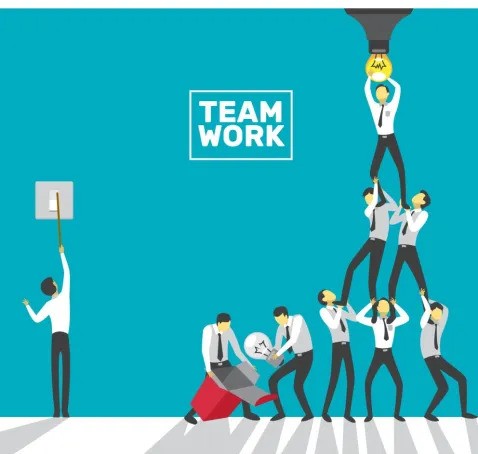Workforces and leaders returning to an office setting in the wake of COVID-19 are confronting significant concerns, such as the following:
Such worries and fear can threaten the team member’s job satisfaction, productivity, and wellness—in the workplace and beyond.
Organizations should follow the 4C’s to deal with the current situation:
Communication – Prioritizing communication is integral while working from home. Regular conversations with team members go a long way in picking up early signs of anxiety and make more space for taking and giving feedback during this time.
Caution – Employees are experiencing a range of concerns about their wellbeing, how to cope if they fall ill, or simply how they will get work done if they are unable to travel to their workplace? Listen to them – listening to employees during distressing times is an important signal that the company cares.
Compassion – With personal and professional work lines blurring, employees are juggling new responsibilities, fears, and problems, and they need to hear their leaders that they understand, that they have the full support of their organization. Hence the role of a leader gets more critical.
Care – Introduce initiatives that are aimed at improving the wellbeing of employees – provide upskilling opportunities to employees via online courses and webinars, announce wellness initiatives focusing on the mental health and fitness of employees. Such initiatives build trust and resilience among the employees helping them meet the demands of the changing environment and make organizations future-ready.
As the pandemic resets major work trends, HR leaders need to rethink workforce and employee planning, management, performance, and experience strategies.

Companies will have even greater challenges in helping employees stay engaged when the workplace begins to move back to offices, which is already in progress.
The imperative for HR leaders is to evaluate the impact each trend on their organization’s operations and strategic goals, identify which require immediate action, and assess to what degree these trends change pre-COVID-19 strategic goals and plans.

